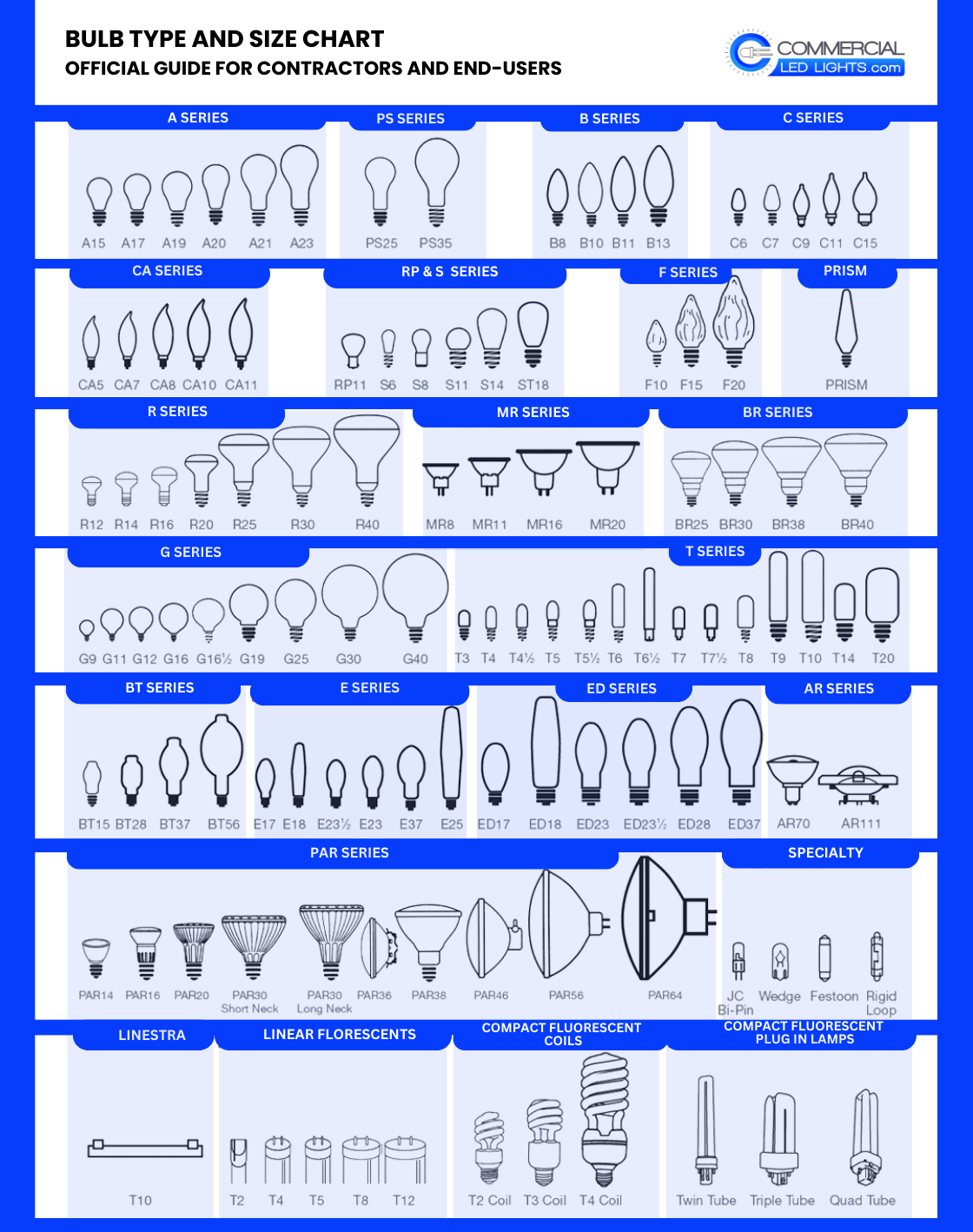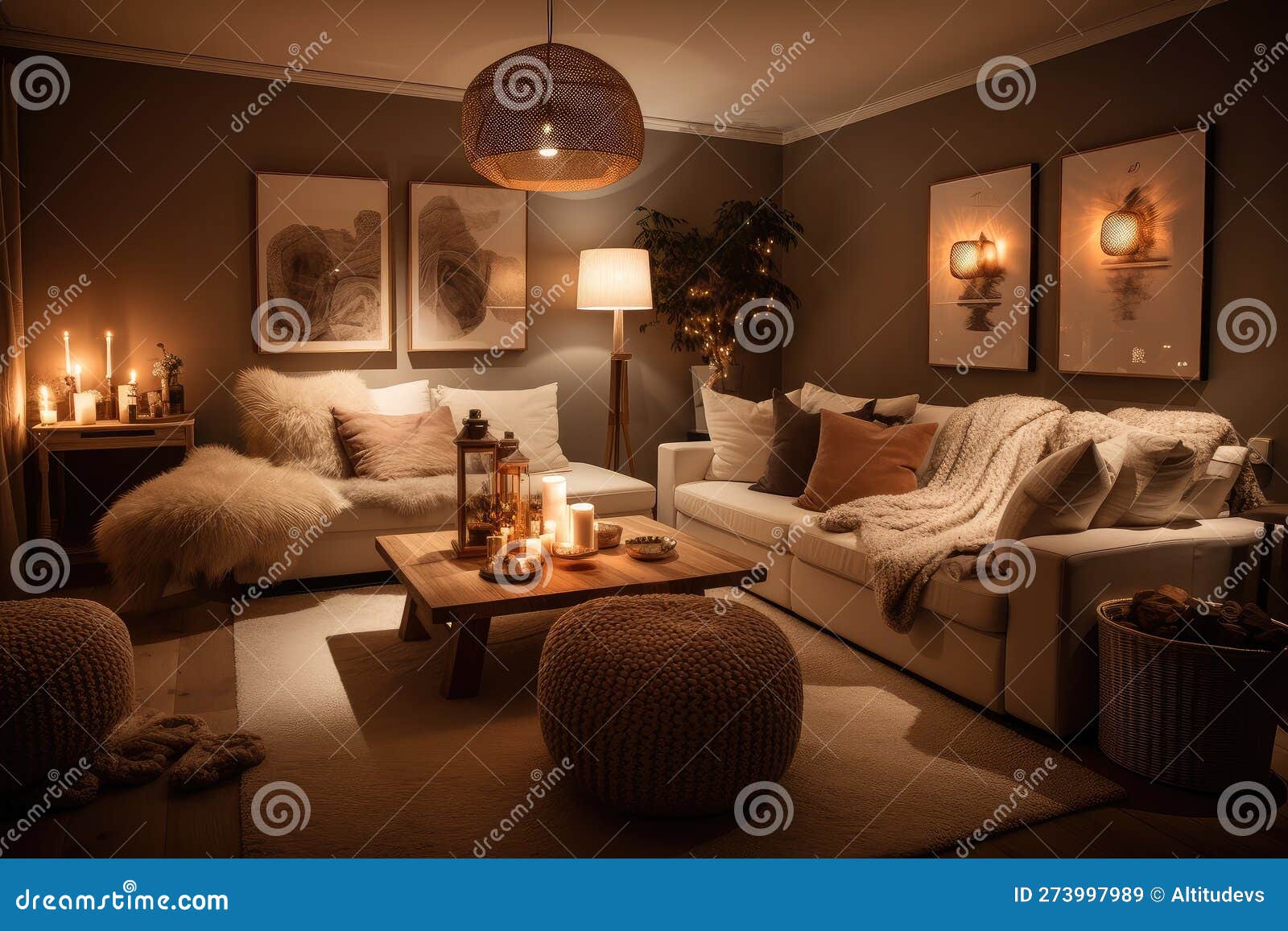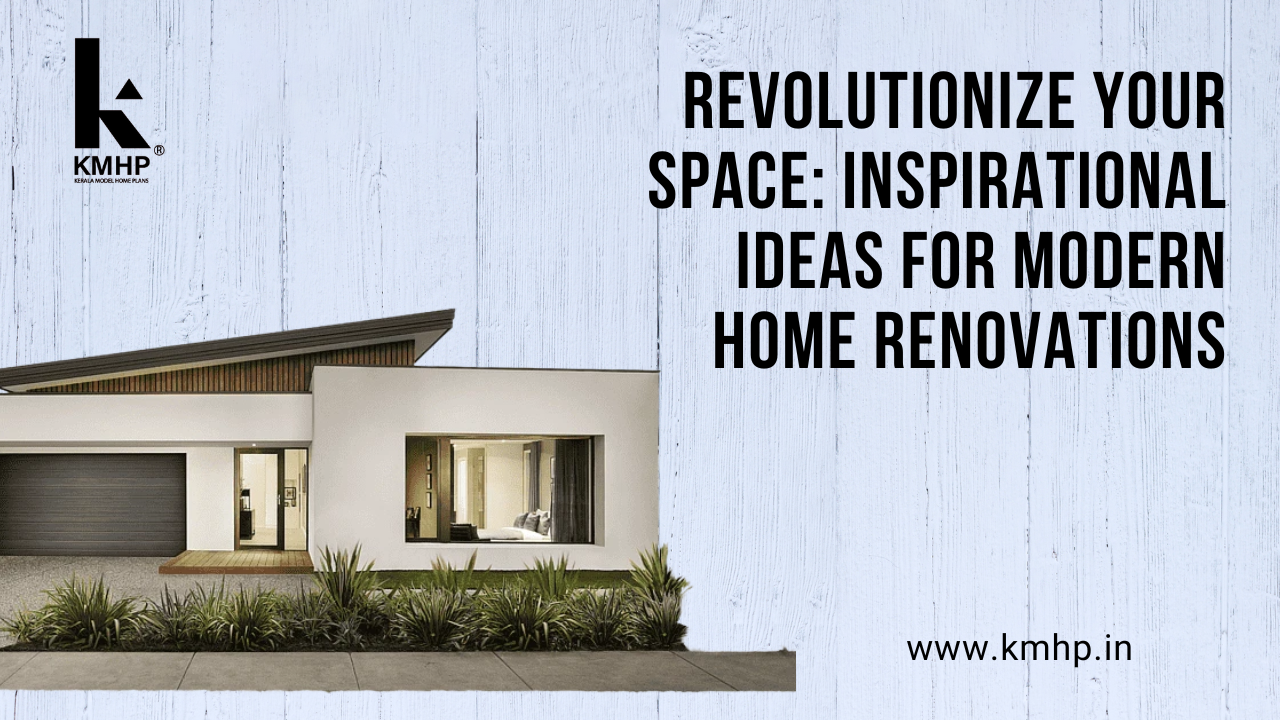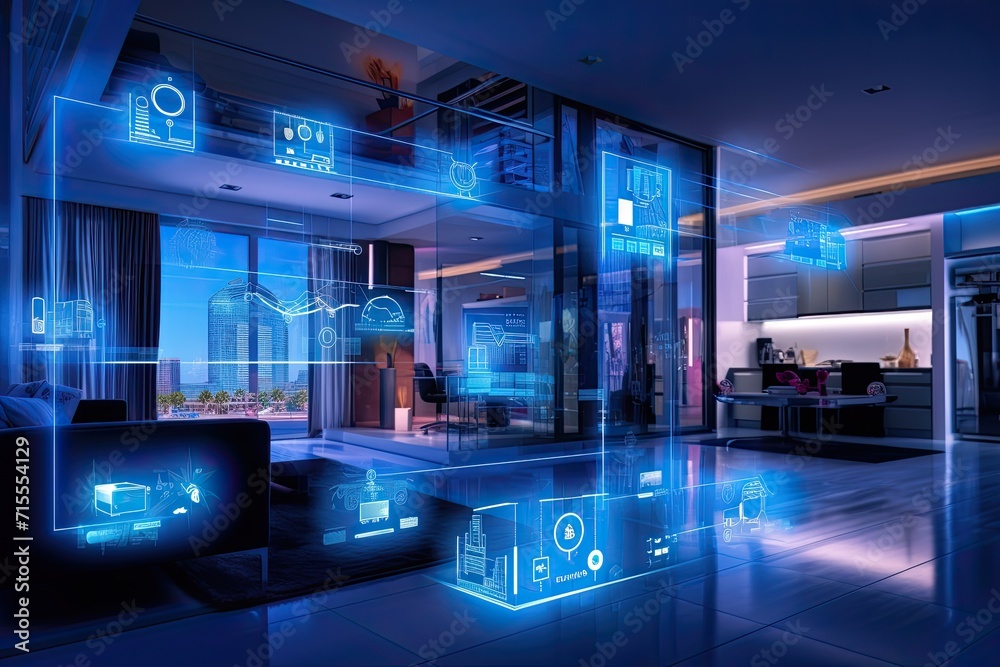Interior Lighting Design: A Complete Guide
Creating a truly stunning and functional home goes far beyond choosing the right paint colors and furniture. The key to unlocking the full potential of your interior space lies in understanding and mastering the art of interior lighting design. At cartlab.web.id, we believe that effective lighting transforms a house into a home, enhancing ambiance, mood, and functionality. Whether you’re renovating, building anew, or simply looking to refresh your existing space, a well-planned lighting scheme is essential. This comprehensive guide will equip you with the knowledge and tools to achieve the perfect illumination for your home.
This guide will explore the various aspects of interior lighting design, from understanding the different types of lighting to selecting the right fixtures and creating layered lighting schemes. We’ll delve into the psychology of light and how it impacts mood and functionality, providing you with practical tips and expert advice to help you create a space that is both beautiful and inviting. By the end of this guide, you’ll be confident in your ability to design a lighting scheme that perfectly complements your personal style and enhances the overall aesthetic of your home.
Effective interior lighting design is not just about illuminating a room; it’s about creating a specific atmosphere and highlighting architectural features. It’s about understanding how light interacts with color, texture, and space to create a cohesive and inviting environment. This guide will take you through the process step-by-step, helping you make informed decisions that will transform your home.

Understanding the Basics of Light: Types and Temperatures

Before diving into specific design techniques, it’s crucial to understand the fundamental types of lighting and their characteristics. This forms the foundation of successful interior lighting design.
There are three main types of lighting used in interior lighting design:
-
Ambient Lighting: This provides overall illumination for a room, setting the general mood. Think of it as the foundational layer of your lighting scheme. Common sources include recessed lighting, chandeliers, and ceiling fixtures. Ambient lighting should be soft and even, creating a comfortable and welcoming atmosphere.
-
Task Lighting: This is focused lighting designed for specific activities, such as reading, cooking, or working. Task lighting should be bright and directed, minimizing shadows and ensuring adequate illumination for the task at hand. Examples include desk lamps, under-cabinet lighting in the kitchen, and pendant lights above kitchen islands.
-
Accent Lighting: This is used to highlight specific features, artwork, or architectural details. Accent lighting adds depth and drama to a room, creating visual interest and focal points. Track lighting, picture lights, and strategically placed spotlights are commonly used for accent lighting.
Beyond the type of lighting, understanding color temperature is crucial. Measured in Kelvin (K), color temperature affects the perceived warmth or coolness of the light.
- Warm White (2700-3000K): Creates a cozy and inviting atmosphere, ideal for living rooms and bedrooms.
- Neutral White (3500-4100K): Offers a balanced and versatile option, suitable for kitchens, bathrooms, and hallways.
- Cool White (5000K and above): Provides bright and crisp illumination, often used in garages or workshops. However, it can feel sterile in living spaces.
Choosing the right color temperature depends on the room’s function and desired ambiance. Experimentation is key to finding the perfect balance.
Layering Your Lighting: A Multi-Dimensional Approach

Effective interior lighting design relies heavily on the concept of layering. This involves combining different types of lighting to create a multi-dimensional and dynamic lighting scheme. A layered approach allows you to control the mood and functionality of a space, adapting it to different times of day and activities.
Here’s a breakdown of how to layer your lighting effectively:
-
Ambient Lighting (Base Layer): This forms the foundation, providing general illumination. Consider recessed lighting, chandeliers, or ceiling fans with integrated lighting.
-
Task Lighting (Functional Layer): Add task lighting to specific areas where focused illumination is needed. Desk lamps, under-cabinet lighting, and pendant lights are excellent options.
-
Accent Lighting (Highlight Layer): Use accent lighting to highlight artwork, architectural details, or other focal points. Track lighting, picture lights, and strategically placed spotlights are ideal for this purpose.
By carefully layering these three types of lighting, you can create a versatile and adaptable lighting scheme that caters to your various needs and preferences. Remember that balance is key – avoid overwhelming a space with too much light of any one type.
Choosing the Right Lighting Fixtures: Style and Functionality

The choice of lighting fixtures significantly impacts the overall aesthetic and functionality of your interior lighting design. Consider the following factors when selecting fixtures:
-
Style: Choose fixtures that complement your existing décor and personal style. Do you prefer modern, traditional, rustic, or contemporary styles? The fixture’s material, finish, and shape should all align with your overall design scheme.
-
Size and Scale: The size of the fixture should be proportionate to the size of the room and the ceiling height. A small fixture in a large room will look lost, while a large fixture in a small room will feel overwhelming.
-
Functionality: Consider the purpose of the lighting. Task lighting requires different fixtures than ambient lighting. Choose fixtures that provide the right amount and type of light for the intended use.
-
Energy Efficiency: Opt for energy-efficient lighting options, such as LEDs, to reduce your energy consumption and save money on your electricity bills.
Remember to consider the placement of your fixtures carefully. Strategic placement can enhance the overall aesthetic and functionality of your lighting scheme.
Color and Light: The Psychology of Illumination

The color of light, as discussed earlier, significantly impacts the mood and atmosphere of a room. Warm-toned lighting creates a cozy and inviting atmosphere, perfect for relaxation and socializing. Cool-toned lighting, on the other hand, feels more energetic and stimulating, ideal for workspaces or areas requiring focus. Understanding this psychology of light is crucial for effective interior lighting design.
Beyond the color temperature, the color of the walls and furnishings also interacts with the light, affecting the overall ambiance. Darker colors absorb more light, creating a more intimate setting, while lighter colors reflect light, making a room feel brighter and more spacious. Consider this interaction when choosing your paint colors and furniture. For instance, if you have dark furniture, you may need brighter lighting to compensate.
Smart Lighting Integration: Technology for the Modern Home

Integrating smart lighting into your interior lighting design offers a level of control and customization previously unimaginable. Smart lighting systems allow you to control your lights remotely, adjust brightness and color temperature, and even automate lighting schedules to suit your daily routine.
The benefits of smart lighting are numerous:
- Energy Efficiency: Smart lighting systems can automatically turn lights off when a room is unoccupied, significantly reducing energy consumption.
- Convenience: Control your lights from anywhere using your smartphone or voice assistant.
- Mood Setting: Create different lighting scenes for various activities and moods, from a relaxing evening to a vibrant party atmosphere.
- Security: Simulate occupancy with automated lighting schedules to deter potential burglars.
While the initial investment might be higher, the long-term benefits of smart lighting, both in terms of energy savings and convenience, make it a worthwhile consideration for many homeowners. Explore different smart lighting systems and find one that fits your needs and budget.
For more inspiration on creating a stunning living space, check out our guide on “Living Room Interior Design: Trends and Inspiration” at cartlab.web.id/living-room-interior-design-trends-and-inspiration. Effective living room lighting is a crucial element in achieving the desired atmosphere.
Conclusion:
Mastering interior lighting design is a journey of understanding light’s multifaceted impact on space and mood. By understanding the different types of lighting, layering techniques, fixture selection, color psychology, and the integration of smart technology, you can transform your home into a space that reflects your personal style and enhances your daily life. Remember, the goal is to create a harmonious and functional environment that caters to your needs and preferences. Start planning your perfect lighting scheme today! For a more in-depth exploration of this topic, revisit our comprehensive guide: Interior Lighting Design: A Complete Guide. We hope this guide from cartlab.web.id has been helpful in your design journey.
(External Authority Links – Replace with actual relevant links):
- [Link to an article on color psychology and interior design from a reputable source like Architectural Digest or a university design program]
- [Link to an article on energy-efficient lighting from the Department of Energy or a similar authority]
- [Link to an article on smart home technology from a reputable tech publication]







Comments